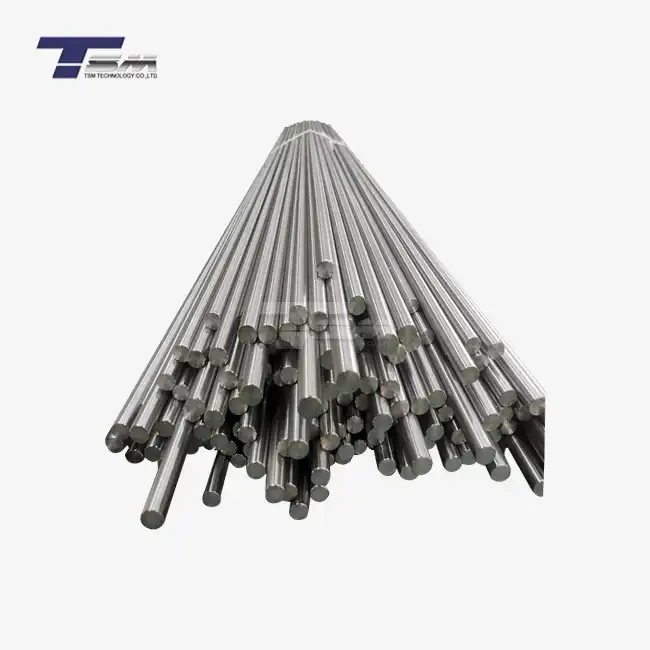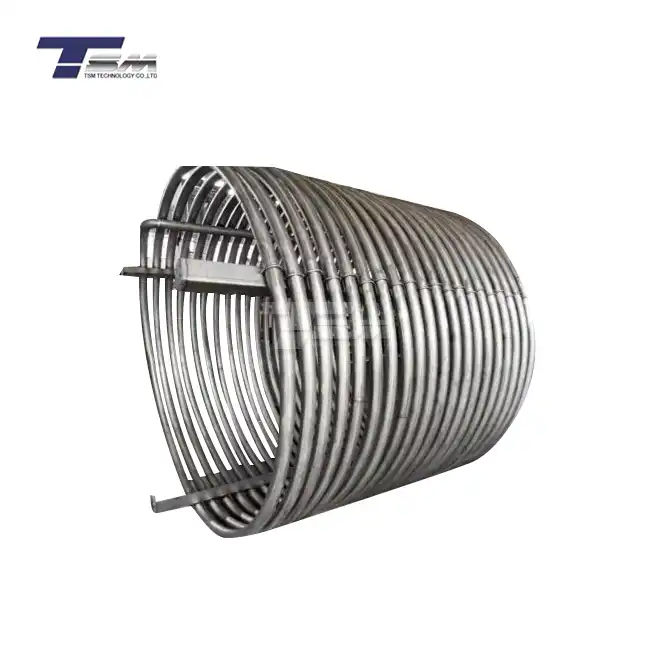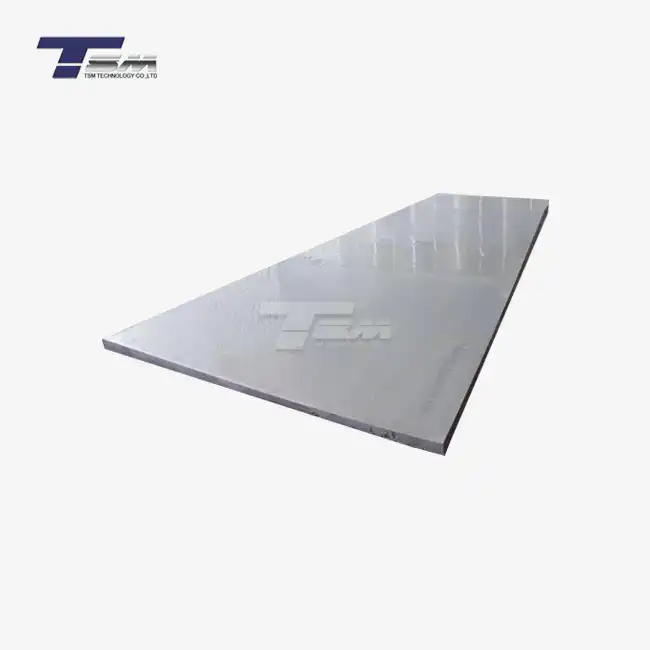- English
- French
- German
- Portuguese
- Spanish
- Russian
- Japanese
- Korean
- Arabic
- Greek
- German
- Turkish
- Italian
- Danish
- Romanian
- Indonesian
- Czech
- Afrikaans
- Swedish
- Polish
- Basque
- Catalan
- Esperanto
- Hindi
- Lao
- Albanian
- Amharic
- Armenian
- Azerbaijani
- Belarusian
- Bengali
- Bosnian
- Bulgarian
- Cebuano
- Chichewa
- Corsican
- Croatian
- Dutch
- Estonian
- Filipino
- Finnish
- Frisian
- Galician
- Georgian
- Gujarati
- Haitian
- Hausa
- Hawaiian
- Hebrew
- Hmong
- Hungarian
- Icelandic
- Igbo
- Javanese
- Kannada
- Kazakh
- Khmer
- Kurdish
- Kyrgyz
- Latin
- Latvian
- Lithuanian
- Luxembou..
- Macedonian
- Malagasy
- Malay
- Malayalam
- Maltese
- Maori
- Marathi
- Mongolian
- Burmese
- Nepali
- Norwegian
- Pashto
- Persian
- Punjabi
- Serbian
- Sesotho
- Sinhala
- Slovak
- Slovenian
- Somali
- Samoan
- Scots Gaelic
- Shona
- Sindhi
- Sundanese
- Swahili
- Tajik
- Tamil
- Telugu
- Thai
- Ukrainian
- Urdu
- Uzbek
- Vietnamese
- Welsh
- Xhosa
- Yiddish
- Yoruba
- Zulu
Is EDM the Best Method for Cutting Inconel 718 Sheet?
Electric discharge machining (EDM) is indeed one of the most effective methods for cutting Inconel 718 sheets, but it may not always be the best choice. While EDM excels in precision cutting and handling complex geometries, its effectiveness depends on various factors such as the specific application, required finish, and production volume. For thin Inconel 718 sheets, laser cutting or water jet cutting might offer faster processing times. However, for thicker Inconel 718 plates or when intricate shapes are needed, EDM often proves superior. The choice ultimately hinges on balancing factors like cut quality, speed, cost, and the unique properties of Inconel 718, known for its high strength and heat resistance.
Understanding Inconel 718 and Its Machining Challenges
Composition and Properties of Inconel 718
Inconel 718 is a high-performance nickel-chromium alloy renowned for its exceptional strength and corrosion resistance at elevated temperatures. This superalloy contains significant amounts of nickel (50-55%), chromium (17-21%), and iron (balance), along with other elements like niobium, molybdenum, and titanium. These components contribute to its remarkable properties, including high tensile strength, fatigue resistance, and creep resistance at temperatures up to 700°C (1292°F).

The unique microstructure of Inconel 718 sheet material is characterized by a face-centered cubic austenitic phase strengthened by precipitates. This structure gives the alloy its distinctive combination of strength and ductility, making it ideal for applications in aerospace, oil and gas, and nuclear industries.
Machining Difficulties Associated with Inconel 718
Despite its desirable properties, Inconel 718 presents significant challenges when it comes to machining. The alloy's high work-hardening rate means that as it's being cut, the material becomes progressively harder, leading to rapid tool wear and potential surface damage. Additionally, its low thermal conductivity causes heat to concentrate at the cutting zone, further accelerating tool degradation.
When working with Inconel 718 plate, machinists often encounter issues such as built-up edge formation, where material adheres to the cutting tool, compromising surface finish and dimensional accuracy. The alloy's tendency to form long, stringy chips during cutting can also lead to poor chip evacuation and potential damage to both the workpiece and the machine.
Importance of Proper Cutting Techniques for Inconel 718
Given these challenges, selecting the appropriate cutting technique for the Inconel 718 sheet is crucial. The chosen method must be capable of overcoming the material's work-hardening tendency and heat generation while maintaining precision and surface integrity. Factors to consider include the thickness of the Inconel 718 plate, the complexity of the desired shape, production volume, and the required surface finish.
Proper cutting techniques not only ensure the quality of the final product but also contribute to cost-effectiveness by minimizing tool wear, reducing scrap rates, and optimizing production times. This is particularly important when working with expensive materials like Inconel 718, where waste can significantly impact project costs.
Exploring EDM as a Cutting Method for Inconel 718
Principles of Electric Discharge Machining
Electric Discharge Machining (EDM) is a non-conventional machining process that uses electrical discharges to remove material from a workpiece. In the context of cutting Inconel 718 sheet, EDM operates on the principle of controlled erosion. The process involves a series of rapidly recurring electrical discharges between two electrodes - the cutting tool and the workpiece - separated by a dielectric fluid.
As the electrode approaches the Inconel 718 plate, the electric field intensity increases until it exceeds the strength of the dielectric, causing a spark to jump the gap. This spark generates intense heat, melting and vaporizing small portions of the material. The dielectric fluid then flushes away the debris and cools the area. This process repeats thousands of times per second, gradually eroding the Inconel 718 along the desired cutting path.
Advantages of Using EDM for Inconel 718 Sheet Cutting
EDM offers several advantages when working with challenging materials like Inconel 718. One of the primary benefits is its ability to cut complex shapes and intricate geometries with high precision. Unlike conventional cutting methods, EDM doesn't exert physical force on the workpiece, eliminating issues related to material deformation or work-hardening.
When cutting Inconel 718 sheet, EDM can achieve exceptionally tight tolerances, often within ±0.0001 inches. This level of precision is particularly valuable for aerospace and medical applications where exact specifications are critical. Furthermore, EDM can produce excellent surface finishes, reducing or eliminating the need for post-processing in many cases.
Another significant advantage is EDM's ability to cut hardened materials with ease. Since the process doesn't rely on the material's mechanical properties, it can effectively machine Inconel 718 plate regardless of its hardness or heat-treated condition. This versatility makes EDM an excellent choice for prototyping or small-batch production of Inconel 718 components.
Limitations and Considerations of EDM for Inconel 718
While EDM excels in many aspects, it's not without limitations when cutting Inconel 718 sheets. One of the primary considerations is the relatively slow material removal rate compared to some other cutting methods. This can make EDM less suitable for high-volume production or when rapid turnaround is required.
The process also involves some material waste in the form of electrode consumption and the overcut (the additional material removed beyond the electrode's dimensions). While this waste is typically minimal, it can be a factor when working with expensive materials like Inconel 718 plates.
Additionally, EDM requires a conductive workpiece, which isn't an issue with Inconel 718 but limits its application to other materials. The need for specialized equipment and skilled operators can also increase the overall cost of the EDM process, particularly for smaller job shops or one-off projects.
Alternative Cutting Methods for Inconel 718 Sheet
Laser Cutting: Precision and Speed
Laser cutting has emerged as a formidable alternative for processing Inconel 718 sheet. This method uses a high-powered laser beam to melt or vaporize the material along the cutting path. For thin Inconel 718 sheets, laser cutting can offer significant advantages in terms of speed and precision.
The process excels in producing clean, narrow kerfs with minimal heat-affected zones. This is particularly beneficial when working with Inconel 718, as it helps maintain the material's carefully engineered properties. Laser cutting can achieve cutting speeds of up to 20 meters per minute for thin sheets, significantly outpacing EDM in terms of production rate.
However, the effectiveness of laser cutting diminishes with increasing material thickness. For Inconel 718 plate beyond a certain thickness (typically around 6-8 mm), laser cutting may struggle to maintain cut quality or may require multiple passes, reducing its efficiency advantage.
Water Jet Cutting: Versatility and Cold-Cutting Benefits
Water jet cutting presents another viable option for machining Inconel 718 sheet. This method uses a high-pressure stream of water, often mixed with abrasive particles, to erode the material. One of the primary advantages of water jetting is its ability to cut without generating heat, eliminating concerns about thermal distortion or changes to the material's microstructure.
For Inconel 718 plates, water jet cutting can handle a wide range of thicknesses, from thin sheets to plates several inches thick. It's particularly effective for producing complex shapes and can cut multiple layers simultaneously, enhancing productivity for certain applications.
However, water jet cutting may not achieve the same level of precision as EDM or laser cutting, especially for very intricate designs. The process can also result in a slightly tapered edge, which may require post-processing depending on the application's requirements.
Conventional Machining: Traditional Approaches and Their Limitations
Traditional machining methods like milling, turning, and sawing can also be used to cut Inconel 718 sheet, albeit with significant challenges. These methods rely on physical contact between the cutting tool and the workpiece, which can lead to rapid tool wear and potential workpiece distortion due to Inconel 718's work-hardening properties.
For simple cuts on thin Inconel 718 sheets, conventional methods might be cost-effective, especially if specialized equipment for EDM or laser cutting isn't available. However, as the complexity of the cut increases or when working with thicker Inconel 718 plate, the limitations of conventional machining become more pronounced.
Tool life is a major concern when conventionally machining Inconel 718, often necessitating frequent tool changes and potentially increasing production costs. Additionally, achieving high-precision cuts or intricate geometries can be challenging and time-consuming with traditional methods.
Conclusion
In conclusion, while EDM is a highly effective method for cutting Inconel 718 sheet, its status as the "best" method depends on the specific requirements of each project. EDM excels in precision, the ability to cut complex shapes, and maintaining material properties, making it ideal for high-precision, low-volume applications or when working with thicker Inconel 718 plates. However, for thin sheets or high-volume production, alternatives like laser cutting or water jet cutting may offer advantages in speed and cost-effectiveness. The choice of cutting method should be based on a careful evaluation of factors including material thickness, desired geometry, production volume, and required finish quality.
Contact Us
For expert guidance on selecting the best cutting method for your Inconel 718 sheet or plate project, contact TSM TECHNOLOGY. Our team of specialists can provide tailored advice and high-quality Inconel 718 products to meet your specific needs. Reach out to us at info@tsmnialloy.com to discuss your requirements and discover how we can support your precision engineering projects.
References
Aspinwall, D. K., et al. "Electrical Discharge Machining of Inconel 718 and Incoloy 901." Journal of Materials Processing Technology, vol. 108, no. 3, 2001, pp. 356-362.
Ezugwu, E. O. "Key Improvements in the Machining of Difficult-to-Cut Aerospace Superalloys." International Journal of Machine Tools and Manufacture, vol. 45, no. 12-13, 2005, pp. 1353-1367.
Klocke, F., et al. "Alternative Machining Processes for Nickel-Based Super Alloys." Procedia CIRP, vol. 46, 2016, pp. 484-487.
Rao, R. V., and V. D. Kalyankar. "Parameter Optimization of Modern Machining Processes Using Teaching–Learning-Based Optimization Algorithm." Engineering Applications of Artificial Intelligence, vol. 26, no. 1, 2013, pp. 524-531.
Thakur, D. G., et al. "An Investigation of Cutting Parameters Effects on Surface Roughness in Machining of Inconel 718 Using Taguchi Method." Journal of Engineering Research and Studies, vol. 3, no. 2, 2012, pp. 30-34.
Yilmaz, O., and M. A. Okka. "Effect of Single and Multi-Channel Electrodes Application on EDM Fast Hole Drilling Performance." The International Journal of Advanced Manufacturing Technology, vol. 51, no. 1-4, 2010, pp. 185-194.
Learn about our latest products and discounts through SMS or email

_1739070074580.webp)

